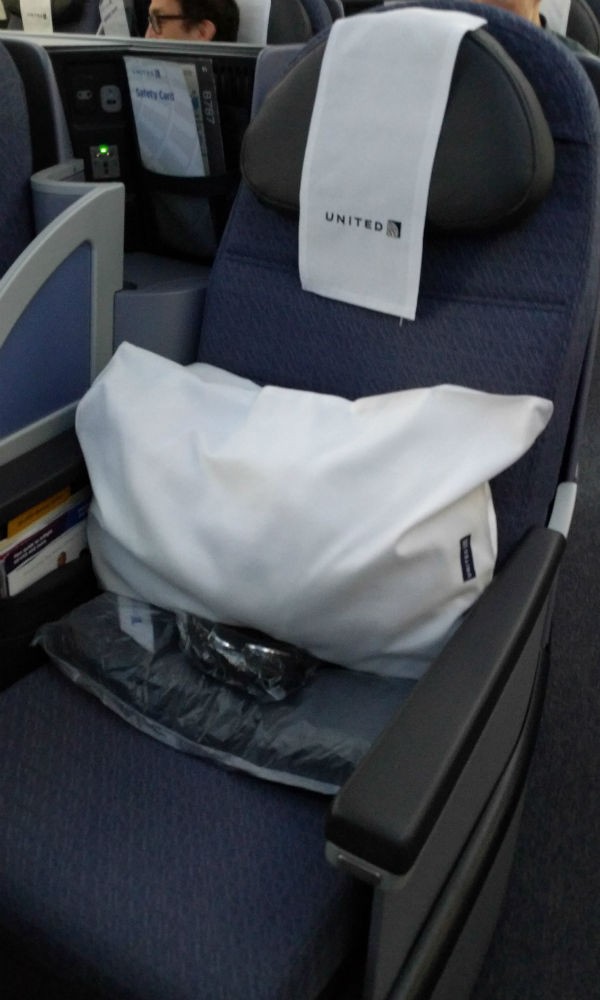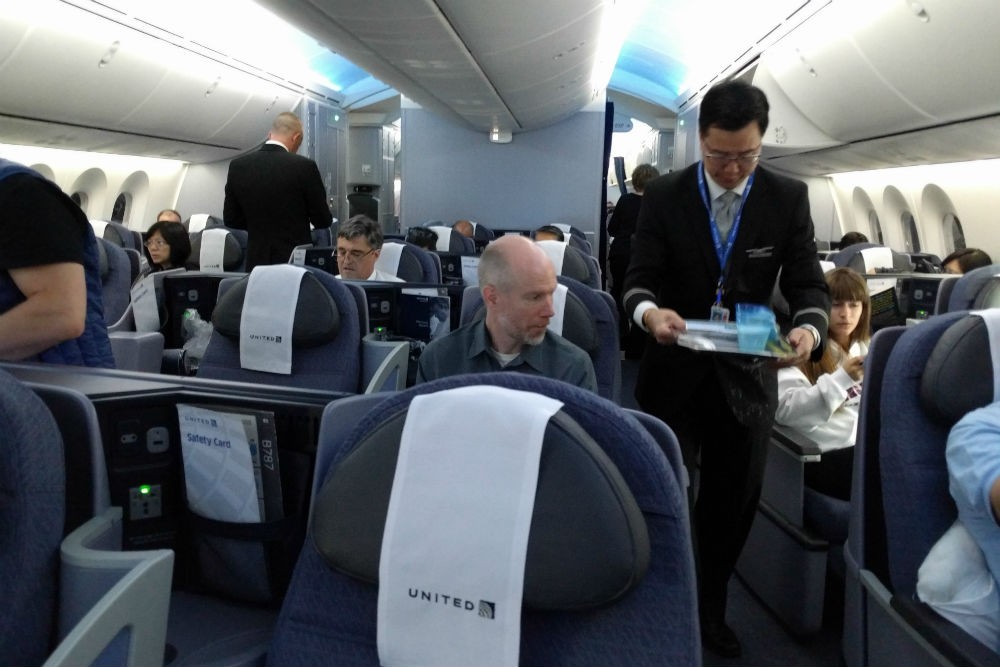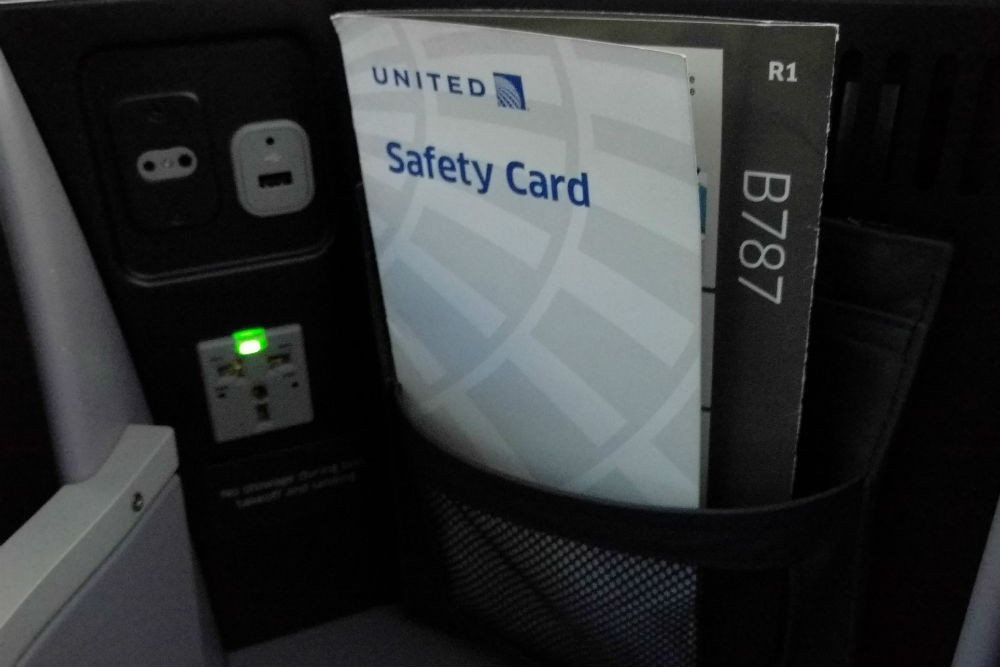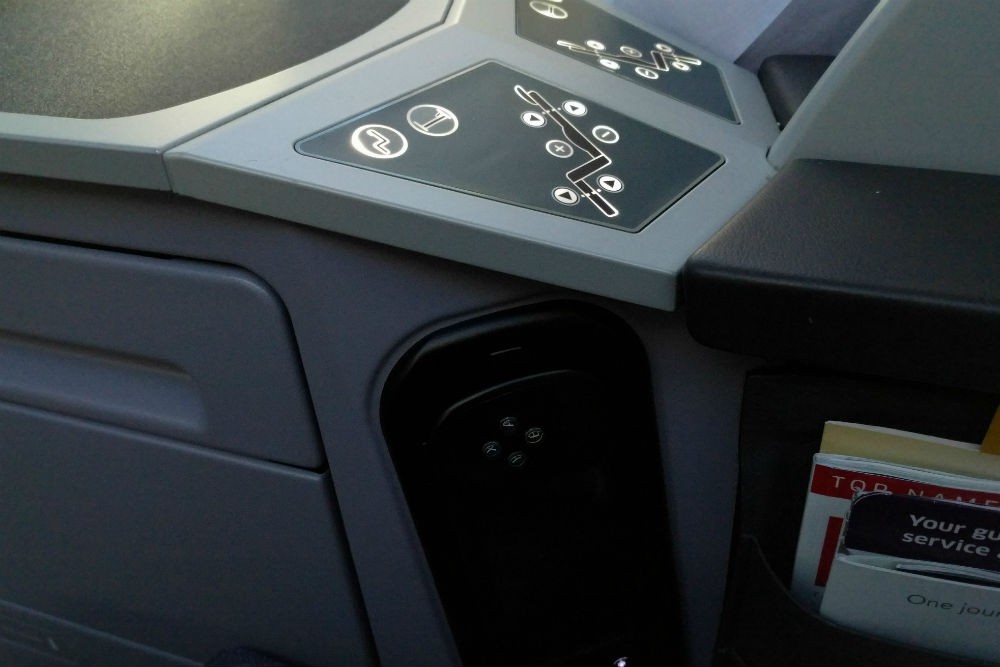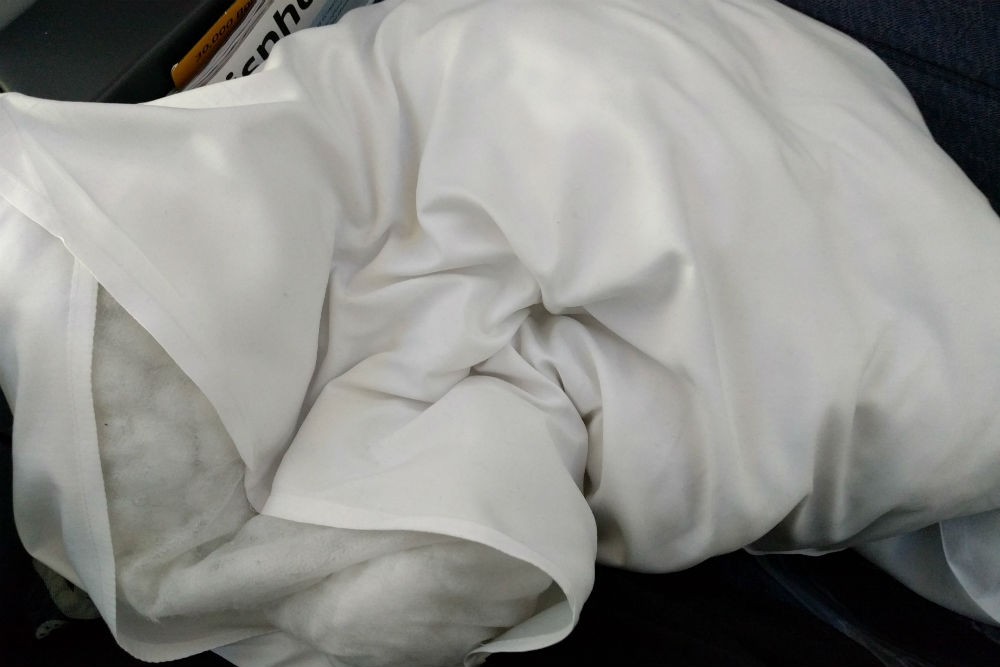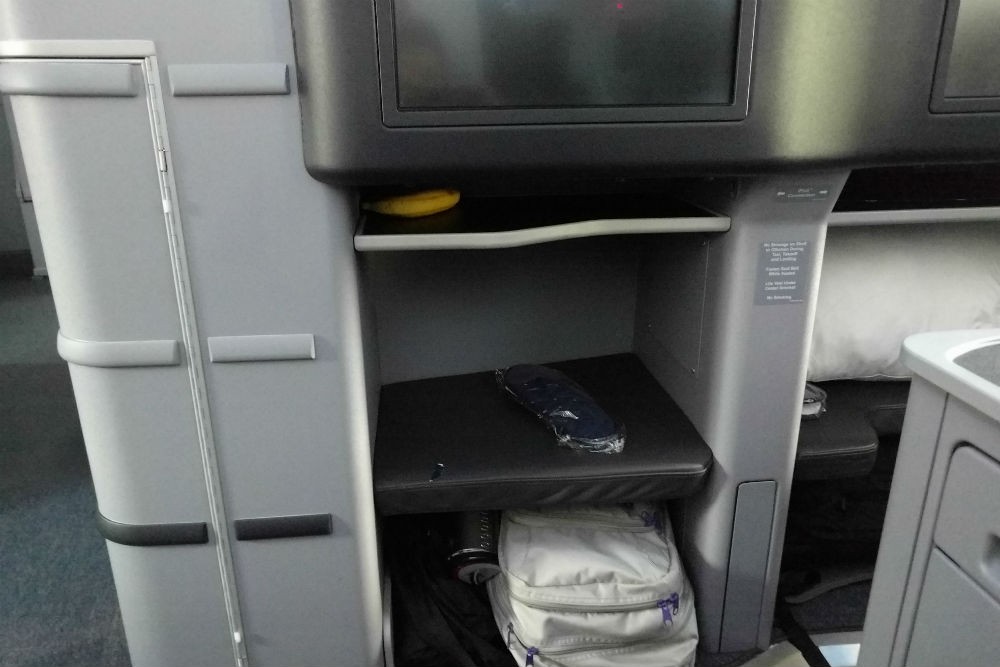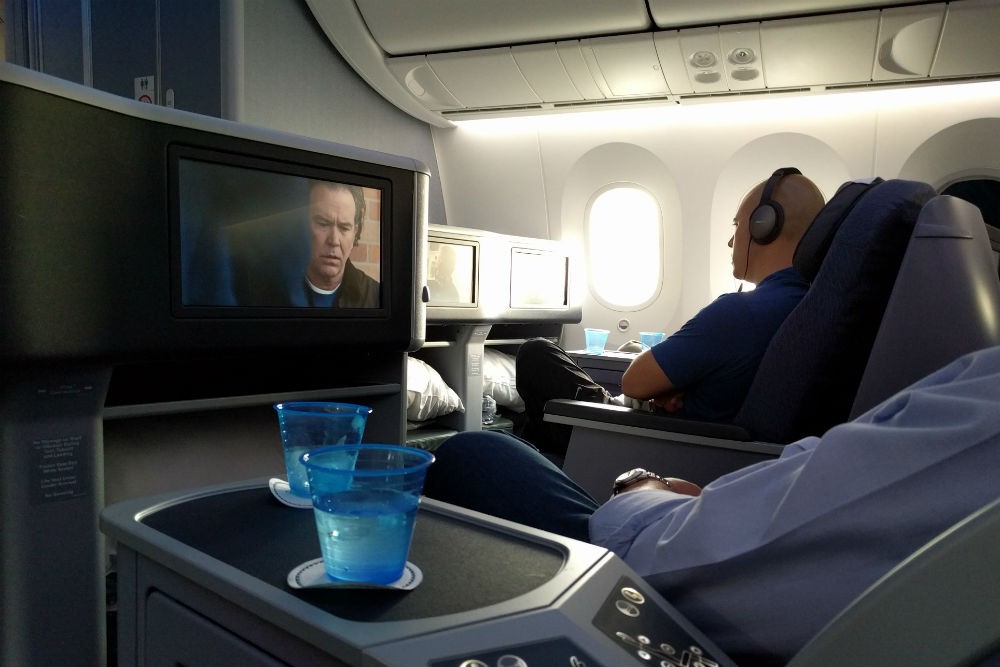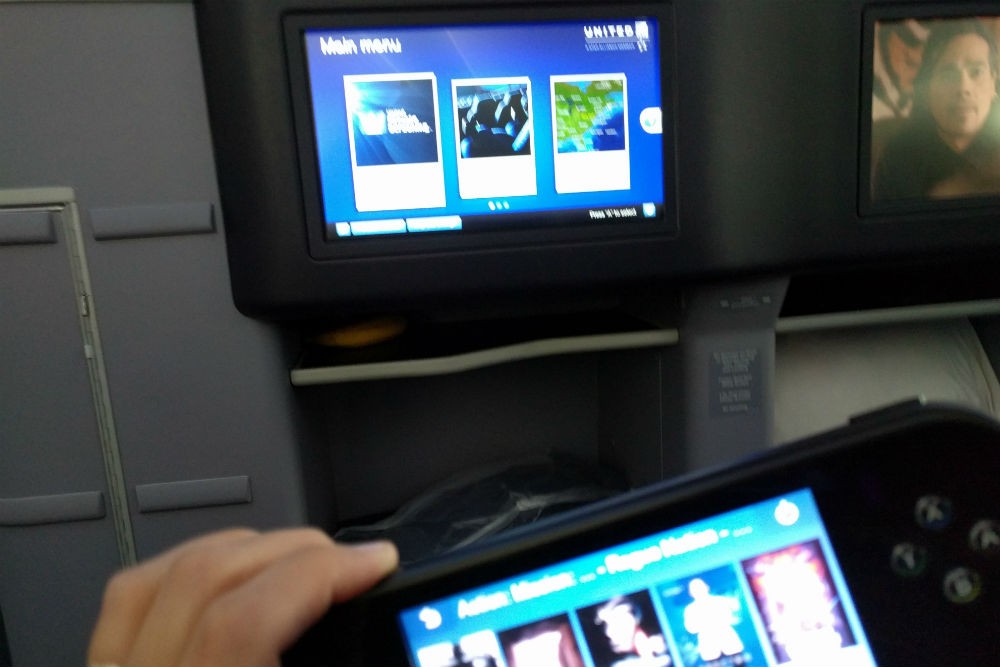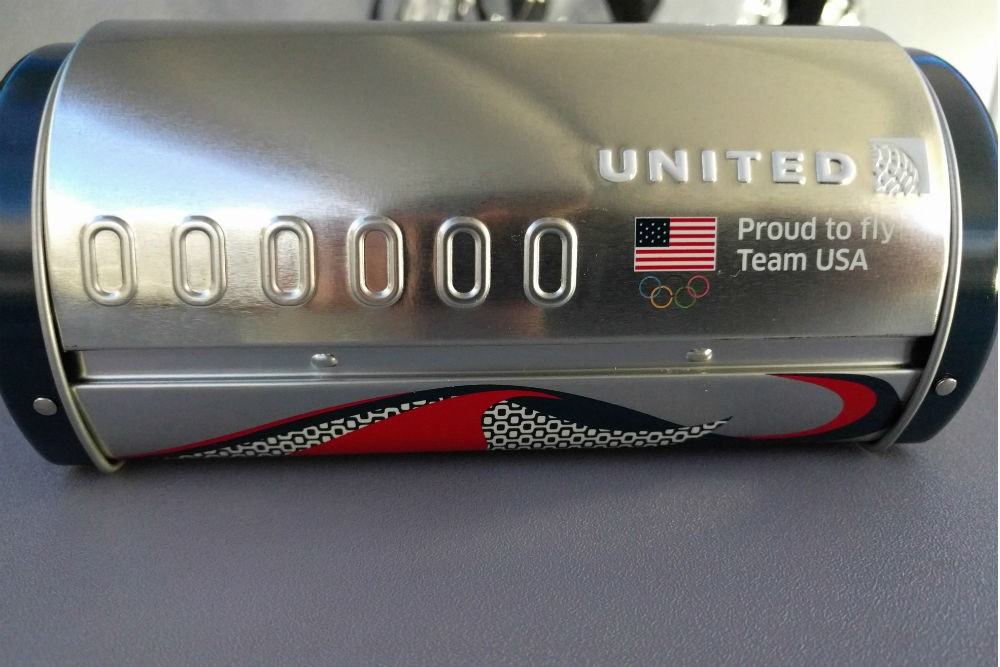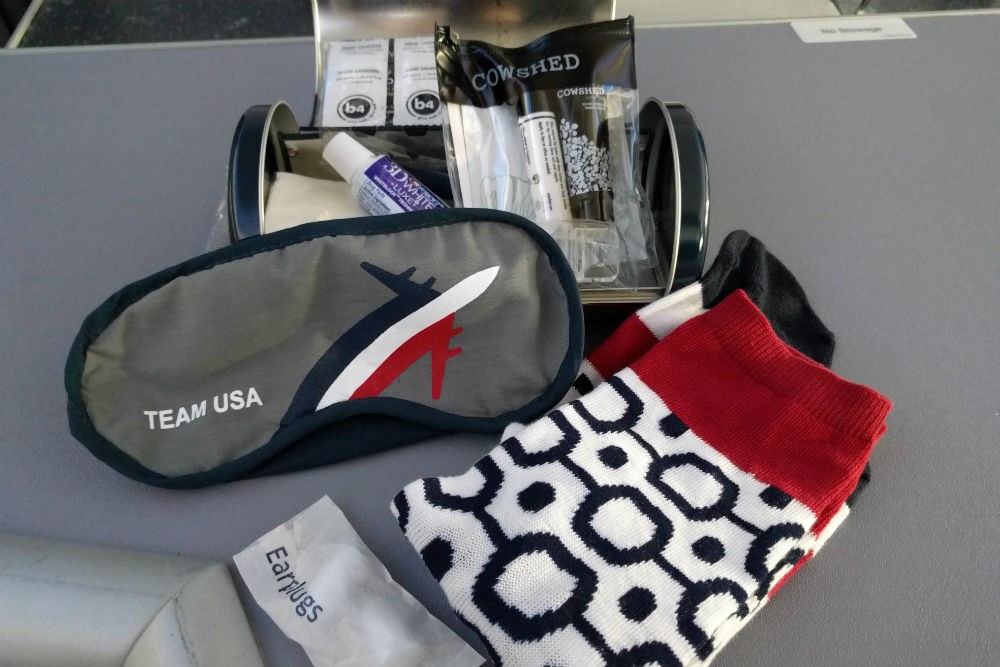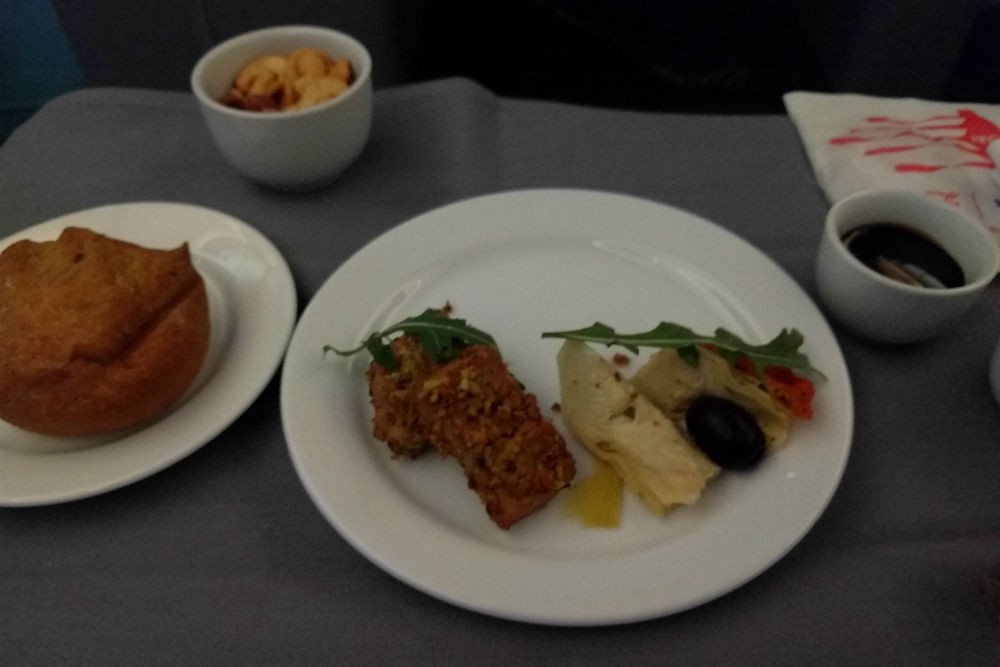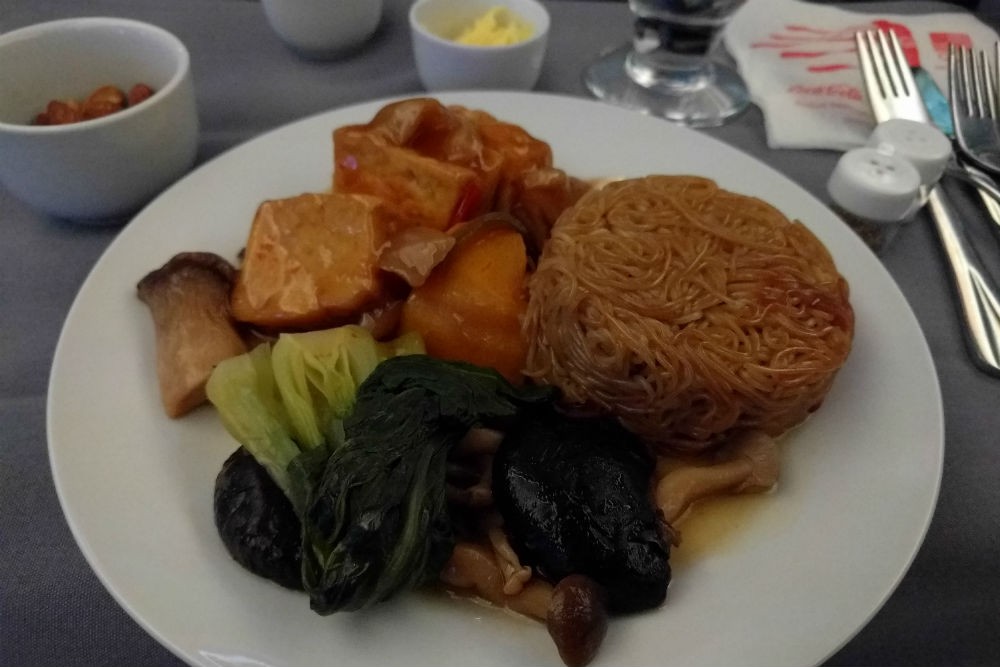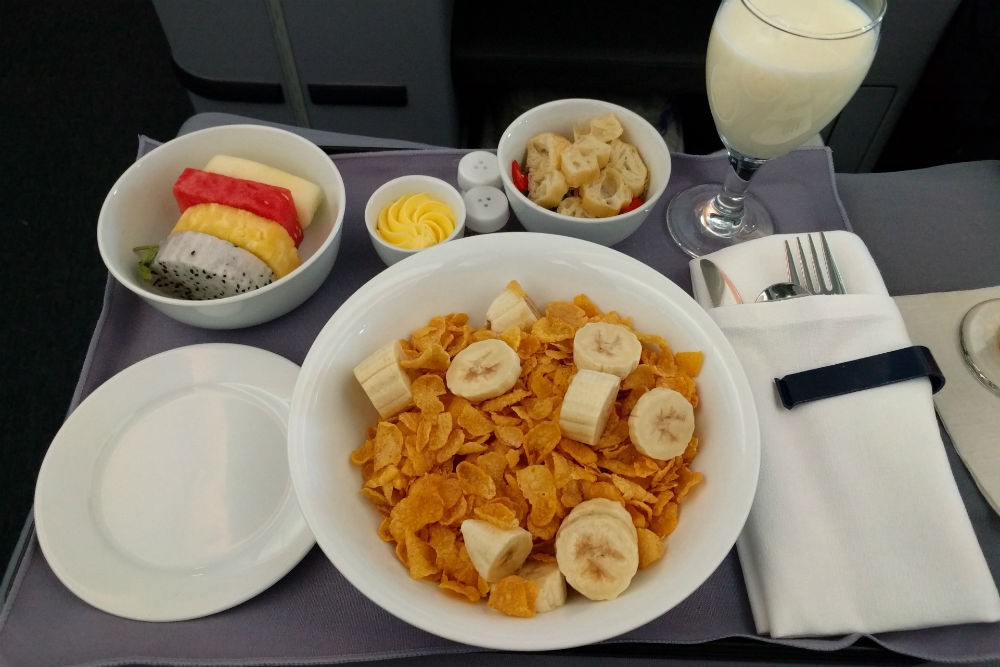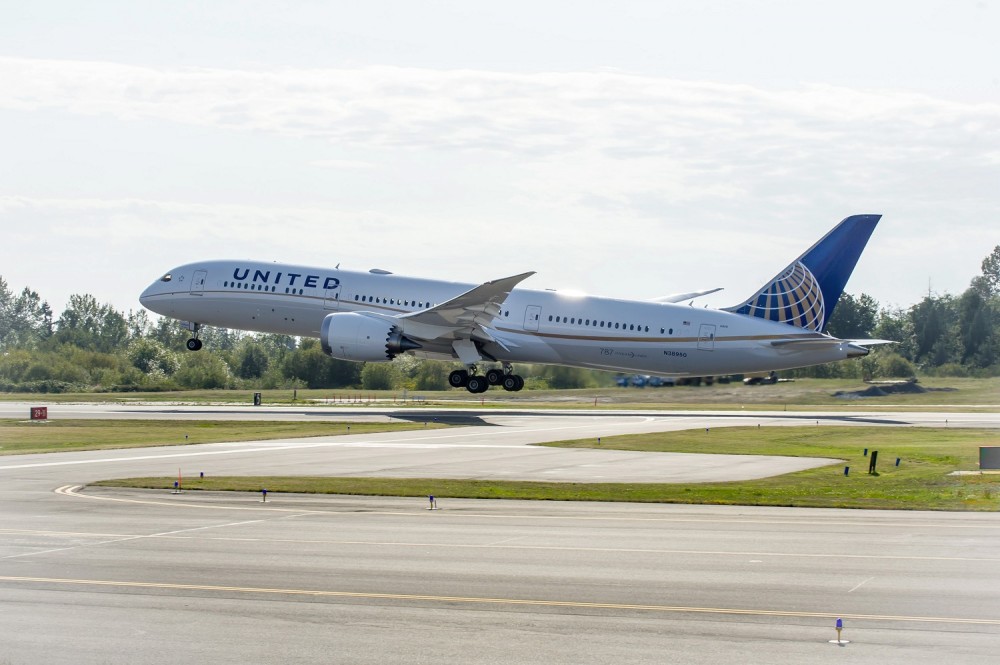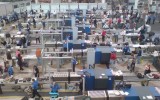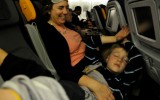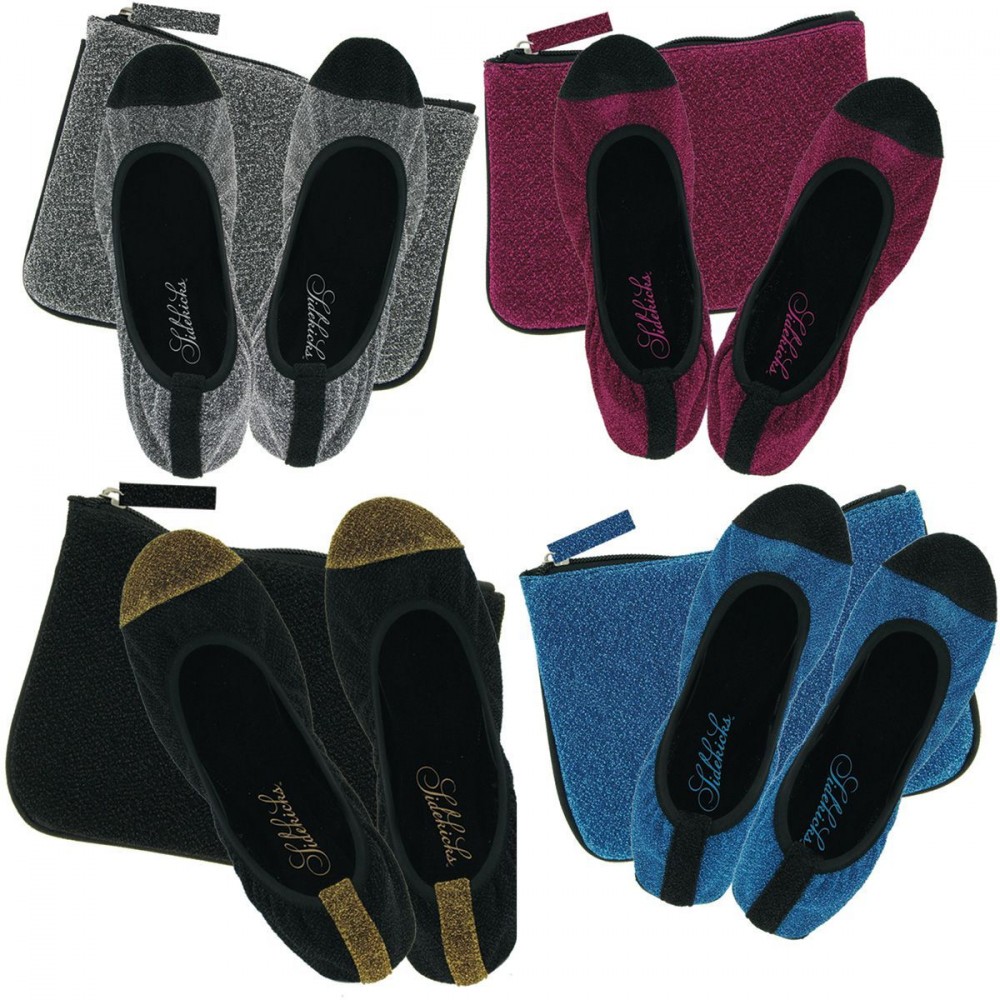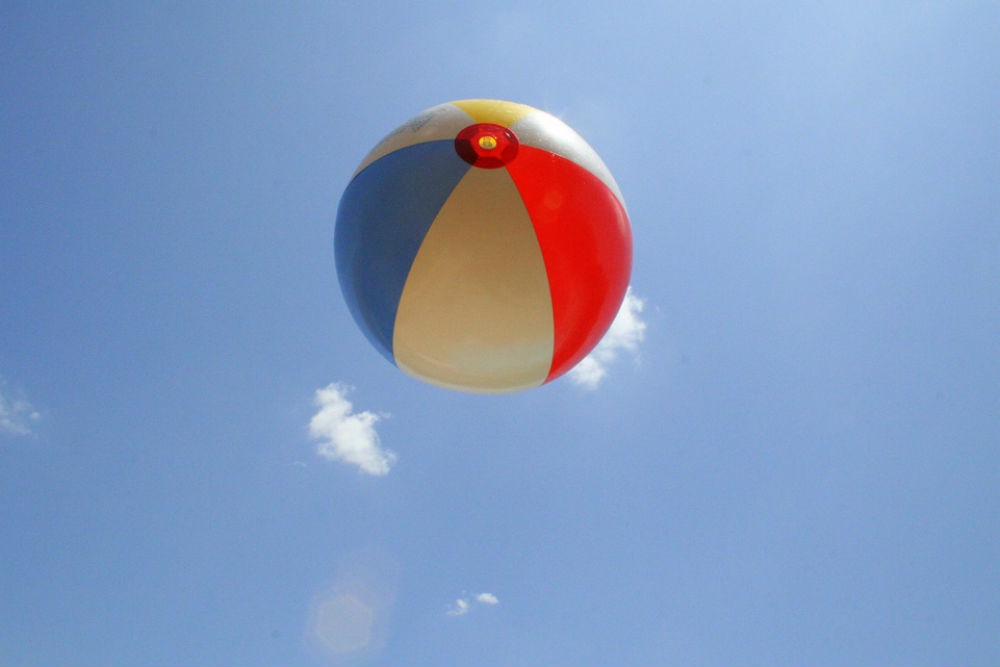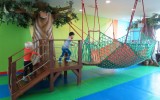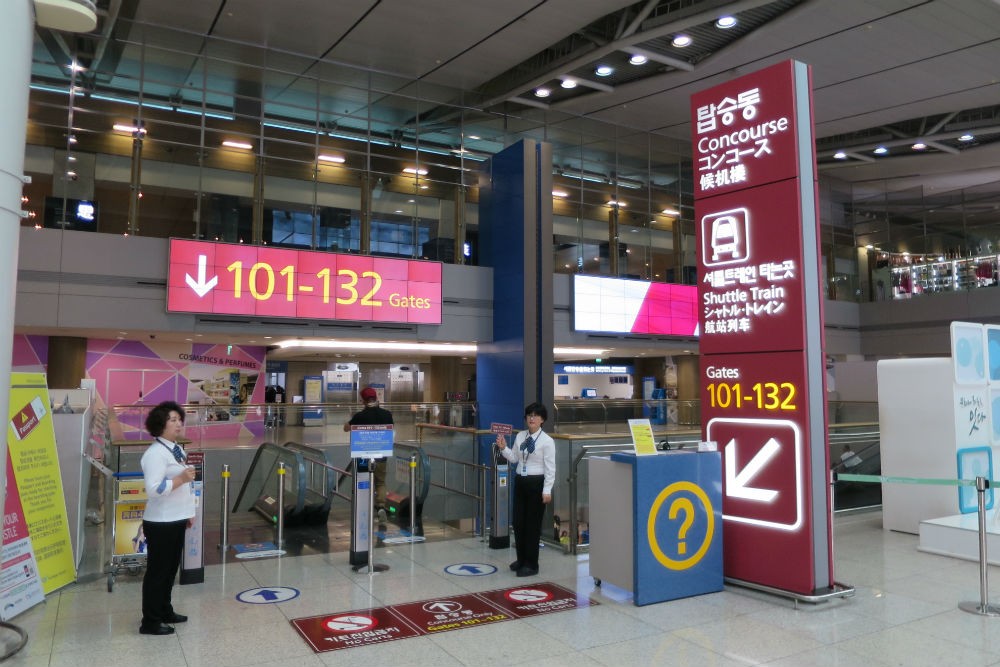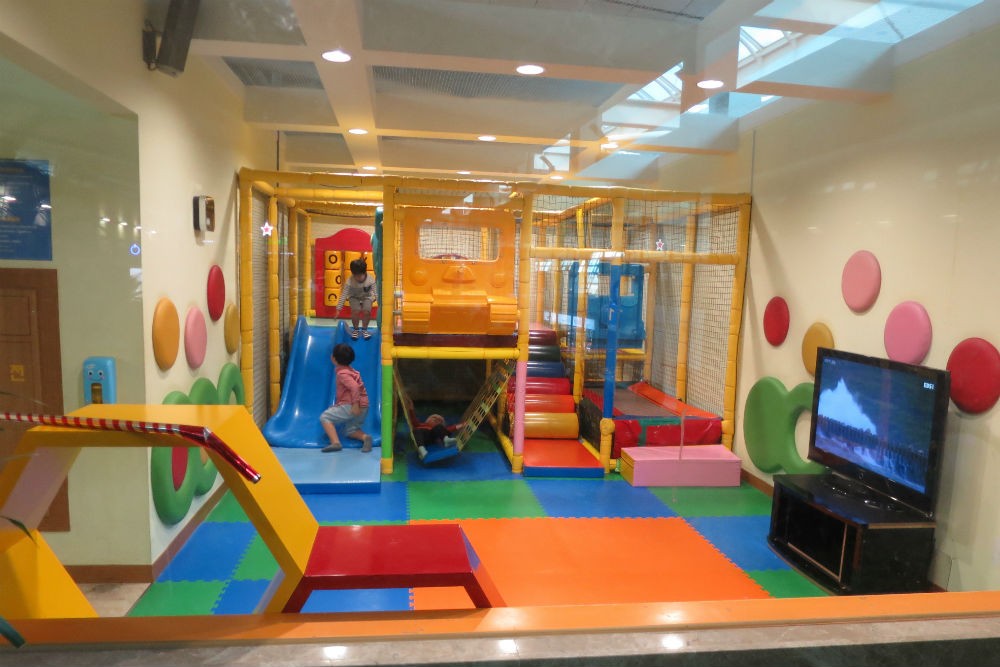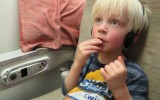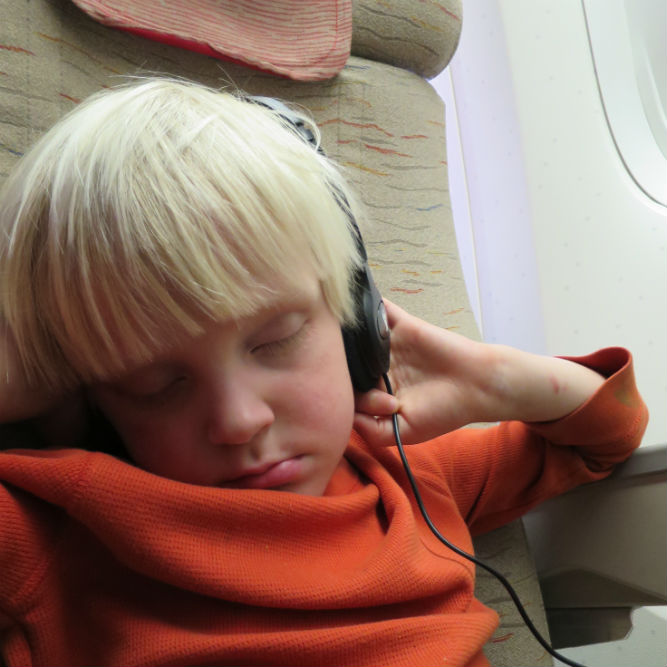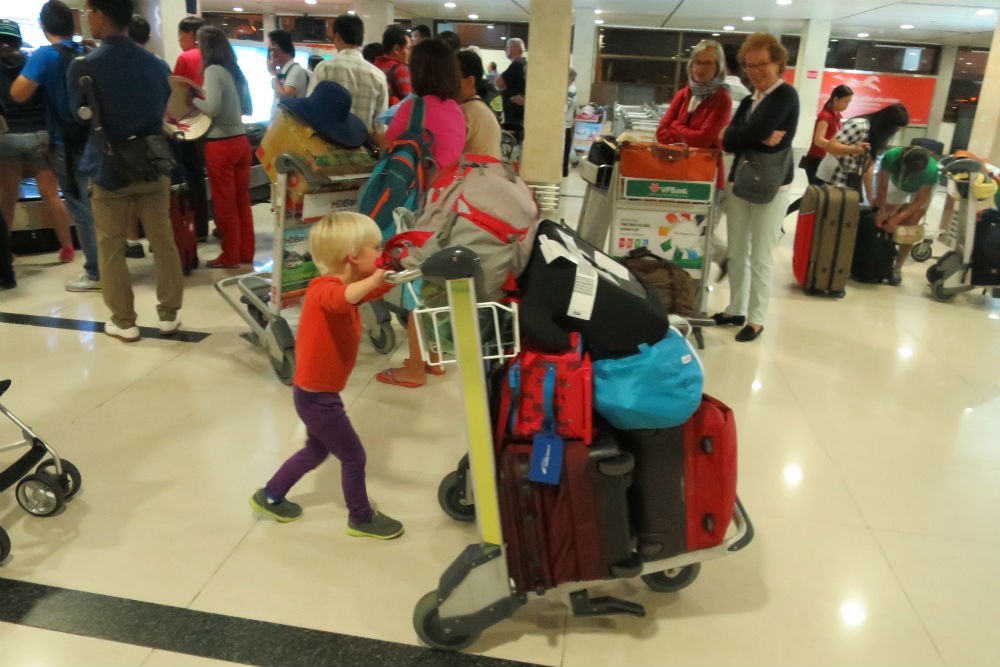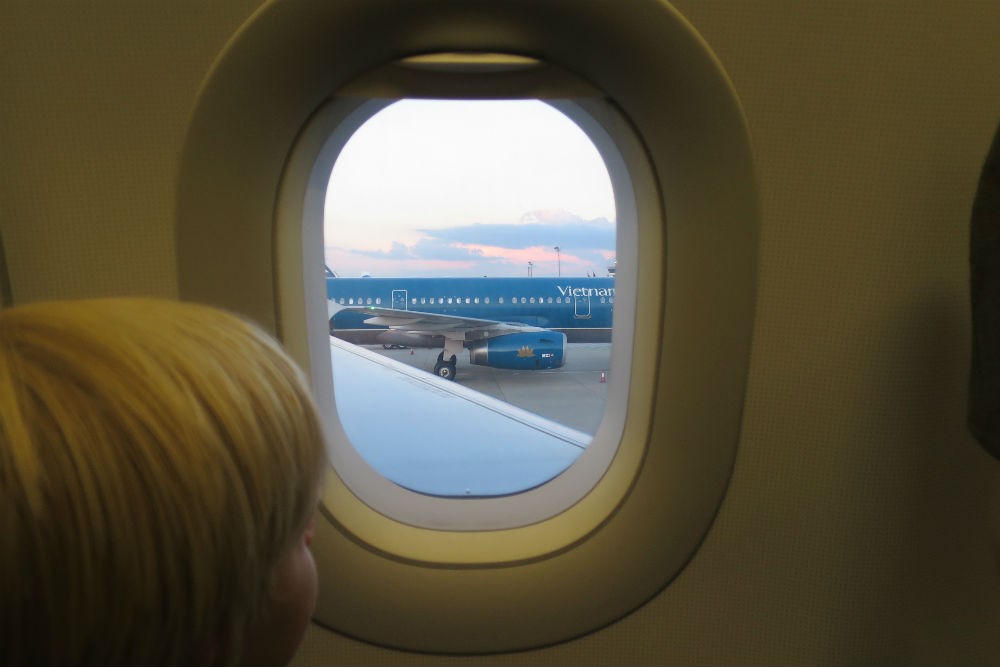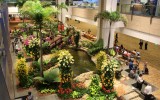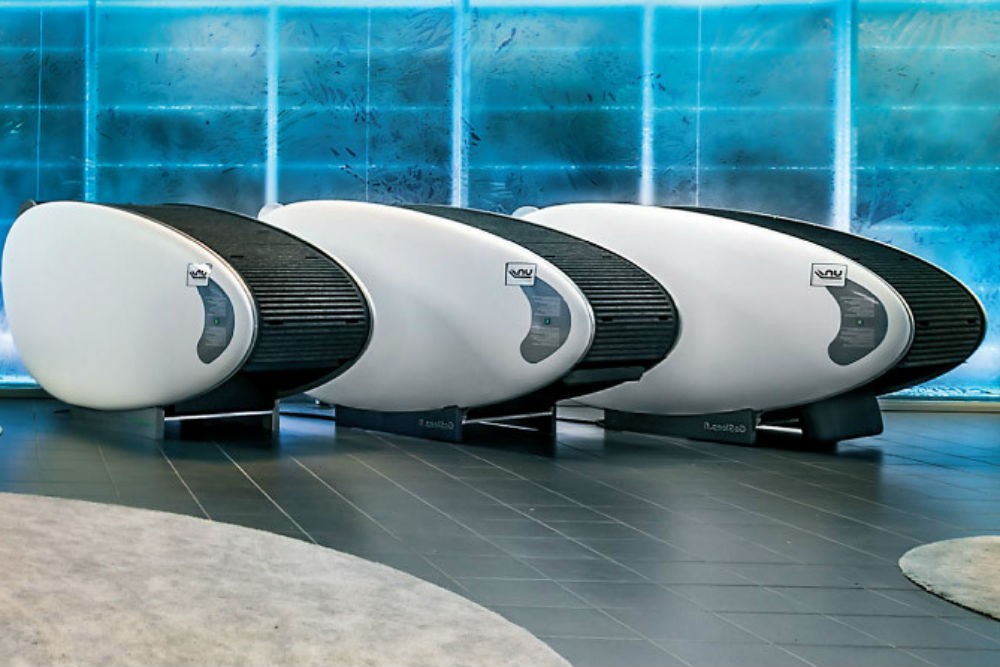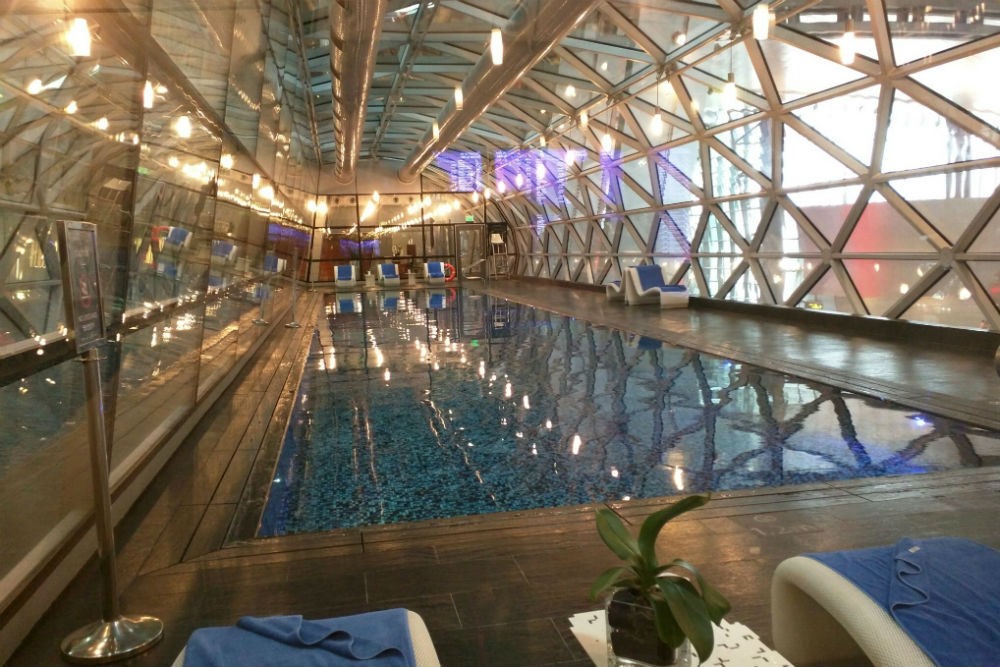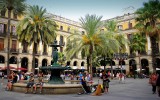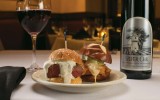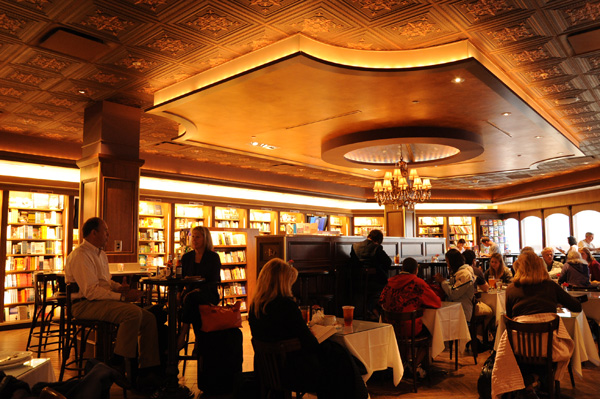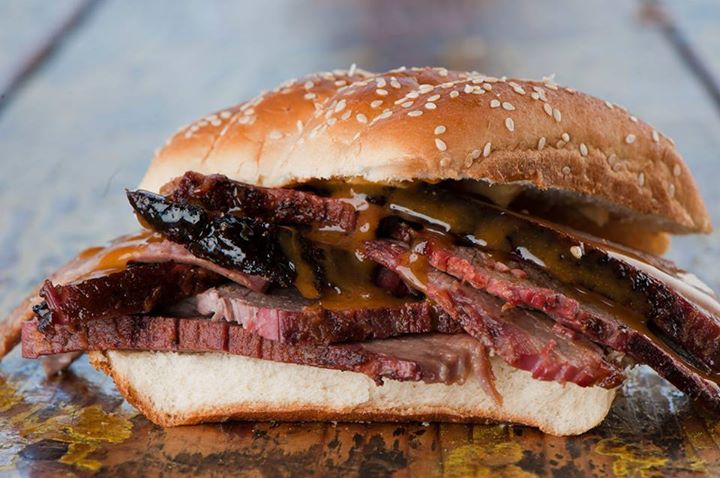At the start of each new year, as I plot out my travels for the year ahead, I like to look at the new routes and flights being launched. That’s not just because airlines sometimes offer special fares on introductory routes. It’s because these added flights indicate which places are growing in popularity and thus are best visited sooner rather than later (when they could get overrun).
It’s not at all surprising to see airlines adding routes in 2018 to destinations that have skyrocketed in popularity, such as Iceland (which in the past few years has gone from blissfully empty to teeming with tour buses), Portugal (a hot spot, thanks to a buzzing architecture-and-design scene, stylish new hotels, and exciting new food and wine experiences) and Hawaii (which is currently so in-demand that top hotels are already almost sold out for the 2018 Christmas-New Year holiday). Personally, I’m most excited about the new non-stop from New York to the Azores, the sunny Atlantic islands off Portugal that will soon be reachable from JFK in only six hours.
These are the new flights, all from major U.S. hubs, that excite me the most:
Atlanta to Lisbon, Portugal, on Delta, starting May 24.
Chicago (O’Hare) to Venice, Italy, on American Airlines, starting May 4.
Chicago (O’Hare) to Vancouver, Canada, on American Airlines, starting May 4.
Chicago (O’Hare) to Calgary, Canada, on American Airlines, starting June 7.
Dallas to Reykjavik, Iceland, on American Airlines, starting June 7.
Houston to Sydney, Australia, on United, starting January 18.
Los Angeles (LAX) to Kona, on Hawaiian Airlines, starting March 12.
Los Angeles (Long Beach) to Honolulu, on Hawaiian Airlines, starting June 1.
Los Angeles (LAX) to Paris (CDG), on Delta, starting June 16.
Los Angeles (LAX) to Amsterdam, on Delta, starting June 16.
Los Angeles (LAX) to Shanghai, on Delta, starting July 2.
New York (Newark) to Porto, Portugal, on United, starting May 4.
New York (Newark) to Reykjavik, Iceland, on United, starting May 23.
New York (JFK) to the Azores (Ponta Delgada), Portugal, on Delta, starting May 24.
New York (JFK) to Nairobi, Kenya, on Kenya Airways, starting October 28.
Philadelphia to Dublin, on Aer Lingus, starting March 25.
Philadelphia to Budapest, on American Airlines, starting May 4.
Philadelphia to Prague, on American Airlines, starting May 4.
San Francisco (Oakland) to Kauai, on Hawaiian Airlines, starting April 12.
San Francisco (SFO) to Madrid, on Iberia Airlines, starting April 25.
San Francisco (SFO to Zurich, Switzerland, on United, starting June 7.
San Francisco (SFO) to Tahiti, on United, starting October 30.
Seattle to Paris (CDG), on Air France, starting March 25.
Seattle to Dublin, on Aer Lingus, starting May 18.
Washington, D.C. (Dulles) to Edinburgh, Scotland, on United, starting May 23.
Washington, D.C. (Dulles) to Hong Kong, on Cathay Pacific, starting September 15.
ALSO: Southwest Airlines has promised to start flying to Hawaii in 2018 from multiple U.S. hubs, but has not yet revealed where or when. Hurry up, Southwest. Travelers need those extra flights!
Be a smarter traveler: Read real travelers’ reviews of Wendy’s WOW List and use it to plan your next trip. You can also follow her on Facebook, Twitter @wendyperrin, and Instagram @wendyperrin, and sign up for her weekly newsletter to stay in the know.






